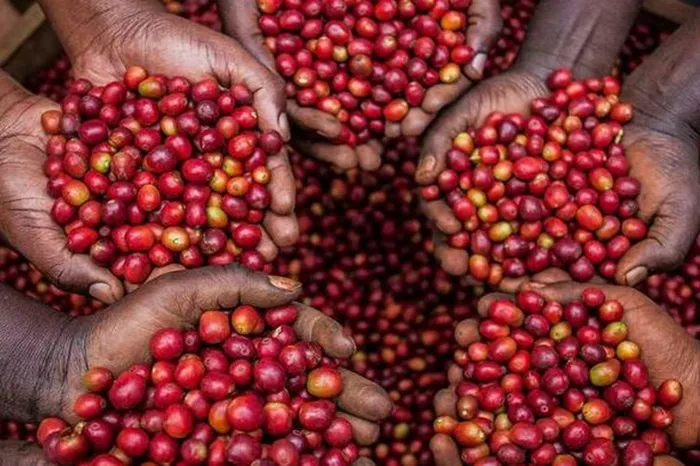Coffee prices are on the rise globally as key coffee-producing nations, including Brazil and Vietnam, struggle with adverse weather conditions that are disrupting supply and meeting market demands.
Brazil, the world’s largest exporter of Arabica coffee, is grappling with one of its worst droughts in history, followed by frost and excessive heat, which have severely impacted crop yields. Meanwhile, Vietnam, the leading producer of Robusta coffee, is also facing challenges from prolonged droughts and unseasonably heavy rainfall.
As a result, coffee prices have surged. In December 2024, Robusta coffee futures reached over US$5,885 per tonne, a price level last seen in early 2008. Meanwhile, Arabica coffee beans saw a significant price jump, rising above US$7,300 per tonne, marking an 83% increase from the previous year and hitting a record not seen since 1977.
In Malaysia, where the majority of coffee beans are imported from Vietnam, Indonesia, and Brazil, the price increase is being felt by consumers. According to the Department of Statistics Malaysia (DOSM), Malaysians consumed an average of 2.2kg of coffee per person in 2022, a 5.2% rise from 2017. As a result, many Malaysians are now turning to more affordable options, such as switching to cheaper coffee outlets or brewing coffee at home instead of frequenting their usual cafés.
On the business side, café owners are adjusting their pricing strategies to cope with the rising costs. Some are also exploring alternative sources for coffee beans, including Ethiopia and Colombia. Additionally, there is growing interest in enhancing the local coffee industry by increasing the production of specialty-grade coffee in Malaysia. This shift aims to reduce dependence on imported beans and boost the local market.
Related topics:
- Coffee Prices Rise as Vietnam’s Heavy Rain Disrupts Robusta Harvest
- Coffee Prices Surge in U.S., Stable in China Amid Global Supply Challenges
- Cafés Legal Faces Bankruptcy After Rising Coffee Bean Prices


